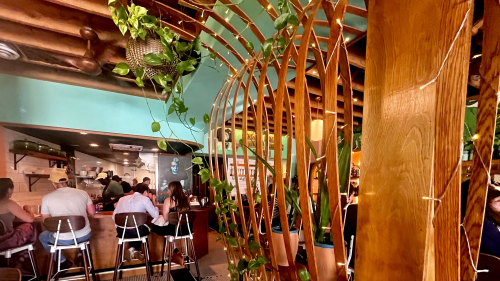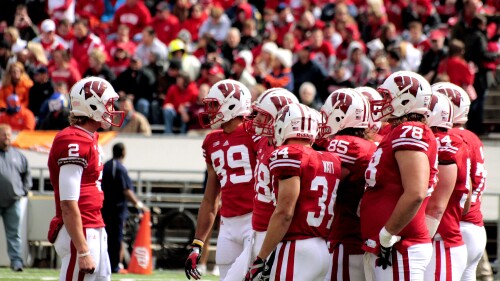Ah yes, spring in Madison — the birds are chirping, the sun is shining, and the distant sounds of construction machinery are seemingly constant.
If you sometimes find yourself turned around by the terminology in news reports or city press releases, never fear. Here are some definitions of common terms paired with examples you might recognize in the 608.
Accessory use, adjective
An activity or function deemed secondary or incidental to the site’s primary use.
Example: You’ll need a permit to put that new shed on your property, as it’s an accessory-use build.
Feasibility Study, noun
An assessment of the practicality of a proposed project plan.
Example: This summer, the 400 through 600 blocks of State Street will be turned into a trial pedestrian mall as part of the feasibility study for a permanent pedestrian mall.
Infill development, noun
The development of vacant or underutilized lots that are surrounded by areas that are either partially or fully developed.
Example: The Oscar Mayer site plan introduced in 2020 addresses infilling the area between Oscar and Packers Avenues.
Mixed-use, adjective
Projects that provide more than one purpose in the community, like a building with apartments on top and retail shops on the bottom. Expect to see combinations of housing, retail, parking, commercial, and industrial components.
Example: Chapter at Madison, like many downtown buildings, will host apartment units and businesses.
Neighborhood Association, noun
Recognized group of residents, property owners, or others with fixed interests within a defined boundary, organized to discuss issues related to their community.
Example: The Campus Area Neighborhood Association surveyed students about a development proposal for the Common Council’s consideration on the matter.
Opportunity zones, noun
Areas of the city where building a site earns you incentives, including a break on real estate taxes and money back from costs of relocating, machinery and equipment, and construction permits.
Example: The University Research Park hosts over 125 companies and 3500 employees.
Principal use, adjective
The primary activity or function of a site. A site’s principal use must be aligned with the zoning ordinances of the land it’s on.
Example: Living in a home within a residential zone is an allowable principal use.
Rezoning, verb
Changing an area of land from the city’s designated use. Rezoning requests could be developers looking to build a high-rise in a neighborhood with a certain height restriction or open a business in an area marked residential.
Example: Earlier this year, Madison’s Common Council approved the rezoning of the site that was once home to Madison College’s downtown campus. Now, NCG Hospitality can build an 11-story hotel on the property.












